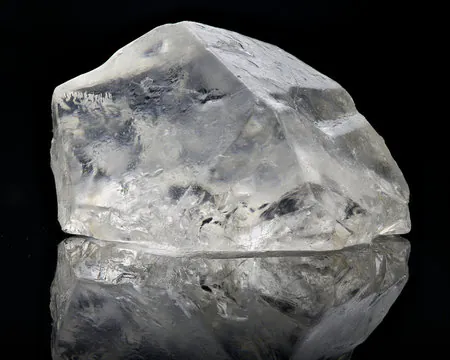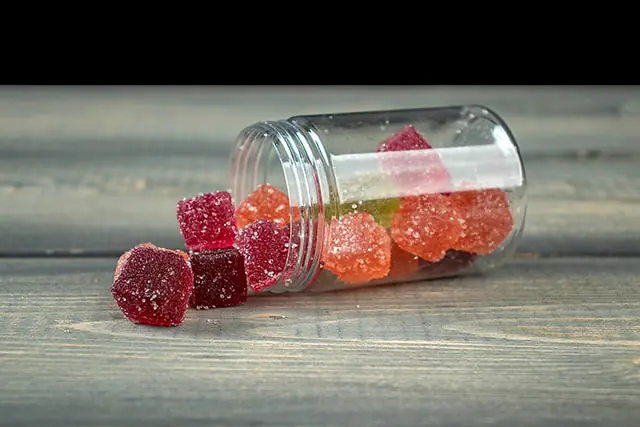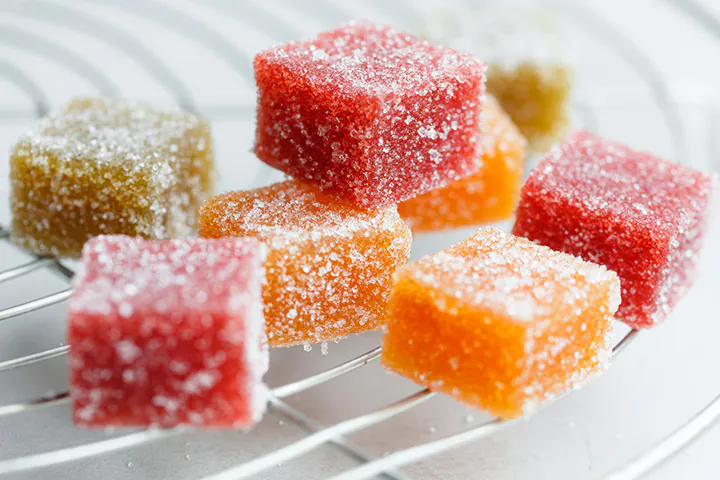Although raw cannabis can be consumed, it does not have the same impact as cannabis-based items since it must be processed through a procedure termed decarboxylation.
Raw cannabis includes tetrahydrocannabinolic acid (THCA) and cannabidiolic acid (CBDA), which must be heated to become active forms, tetrahydrocannabinol (THC) and cannabidiol (CBD).
Although eating raw cannabis will not make you high, some cannabis supporters feel that consuming it may provide distinct advantages owing to the vast range of plant elements it carries.
However, studies on the topic are limited. Thus, the potential medicinal effect of raw cannabis remains unknown.
Is Cannabis Nutritious?
Because of its rich fat and protein level, the seed is by far the most nutritious portion of the cannabis plant. However, cannabis leaves are also famous for having vital minerals. Furthermore, the antioxidant action of cannabinoids and terpenes in cannabis flowers may provide an indirect nutritional advantage.
What Nutrients Do Cannabis Leaves Contain?
Cannabis, sometimes known as marijuana or weed, relates to the dried flowers, leaves, stems, and seeds of the Cannabis sativa L plant species.
Cannabis can be consumed in various ways, but the most common are vaping, smoking, and eating.
Some individuals, however, question whether it is safe to consume cannabis-containing goods and whether eating it seems to have the same impacts as vaping or smoking.
This post explores whether it is safe to consume cannabis products, an explanation of cannabinoids & nutrition — both good and bad.
Can You Eat Cannabinoids?
The clear answer is that you can eat cannabinoids. Indeed, cannabis-infused foods and beverages have been enjoyed throughout the past, dating back to 1000 B.C. Cannabis was utilized in old China and India before being brought to Western in the 1900s. Similar to alcohol, edible cannabis items were used to reduce tension and generate pleasure. Bhang, a beverage produced from a combination of cannabis plant leaves and flowers, has been eaten for generations during religious holidays such as Holi.
Recreational use of cannabis goods became common in the United States throughout the 1960s. Now, many various options for edibles are accessible, including legally and illegally, based on state legislation. Gummies, candies, chocolates, capsules, teas, and oils are just a few of the edible cannabis items available at both legal and illicit cannabis clinics. Cannabis lovers can also create their cannabis items by combining butter or oil with cannabis and incorporating it into baked goods and other dishes.
Raw Cannabis
Dietary fiber is the most abundant macronutrient in cannabis leaves. Cannabis and hemp plant leaves are also high in micronutrients such as iron, calcium, vitamin K, and vitamin C.
What About the Ratios or Balance of Nutrients in Cannabis?
Fortunately, cannabis can withstand the attack of the various magical nutritional formulae given to it by farmers while still maintaining fairly appropriate nutrient ratios within. However, this does not imply that the nutritional ratios you provide are meaningless.
Cannabis’ capacity to absorb nutrients is limited when nutrient ratios in soil are unbalanced, especially when nutrient levels are high. High quantities of nutrients are prevalent in cannabis cultivation since some cannabis farmers believe that if something is good, more of it is amazing. An excellent nitrogen:phosphate: potash ratio is 1:0.5:1, while a good calcium:magnesium: sulfur ratio is 2:1:1.
What Nutrients Do Cannabis Seeds Contain?
Protein: 9.5g per 30g, Fats, and 1.2g fiber per 3 tbsp are all contained in cannabis seeds. Hemp seeds are remarkable for carrying all nine amino acids, making them a “perfect” protein source. They are also high in micronutrients like Vitamin E, Phosphorus, Magnesium, Potassium, and B vitamins.
Is There Nutritional Value in Cannabis Leaves?
Yes, even though they are frequently ignored in favor of hemp seeds for culinary uses. Some creative cooks integrate cannabis leaves into salads and other green foods, and ingesting cannabis leaves provides your body with various necessary macronutrients and micronutrients.
Are Cannabis Stalks Nutritious?
Cannabis stalks are high in nutritional fiber, yet they are difficult to digest raw or meals. Furthermore, the micronutrient content of cannabis stalks is significantly lower than that of cannabis leaves. As a result, stalks are rarely utilized in cooking, although they have considerable potential for industrial uses.
Research Into Cannabinoids and Inflammation
Inflammation impairs your body’s capacity to absorb nutrients. Scientists have thoroughly investigated the anti-inflammatory effects of cannabinoids such as CBD and THC. Both possess the potential in numerous ways.
CBD has been widely studied for its potential capacity to fight almost every sort of inflammation. It is progressively replacing THC as the prime objective of cannabinoid inflammation studies, despite being an anti-inflammatory cannabinoid that can cause undesirable inflammation under certain conditions.
What are the Best Methods to Take Cannabis?
To gain the nutritional advantages that cannabinoids may provide, you must eat these cannabis ingredients orally. Capsules provide the most clarity and purity among the oral administration techniques accessible for cannabinoids.
While tinctures and gummies provide additional customizing options. Although cannabis concentrate can be consumed on its own, a study suggests that carrier oils boost the bioavailability of oral cannabinoids, making correctly prepared oral cannabinoid solutions more efficient.
Final Verdicts: Is Cannabinoid a Superfood?
Cannabis is sometimes marketed as a “superfood,” a common phrase for a substance with greater-than-average nutritional advantages. This word may relate to cannabis plant seeds. However, the direct nutritional usage of other cannabis compounds seems far less remarkable.
But, as we’re discovering, nutrition is about far more than simply the amount of macronutrients and micronutrients you consume. The human gut is an intricate ecosystem with over 100 million nerve endings, and current research is rapidly revealing the important role of inflammation in general.
There are good approaches to consuming cannabinoids than consuming raw cannabis plants. Cannabis may only achieve a full “superfood” title when processed into completed, manufactured items. Cannabinoid-rich capsules, tinctures, and edibles, for example, increase the potential indirect nutrition of cannabinoids while removing distasteful or inconvenient cannabis elements.




